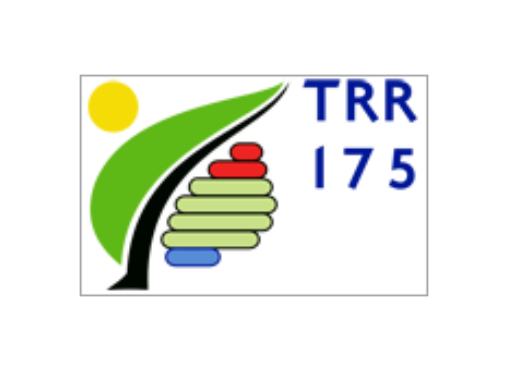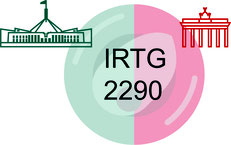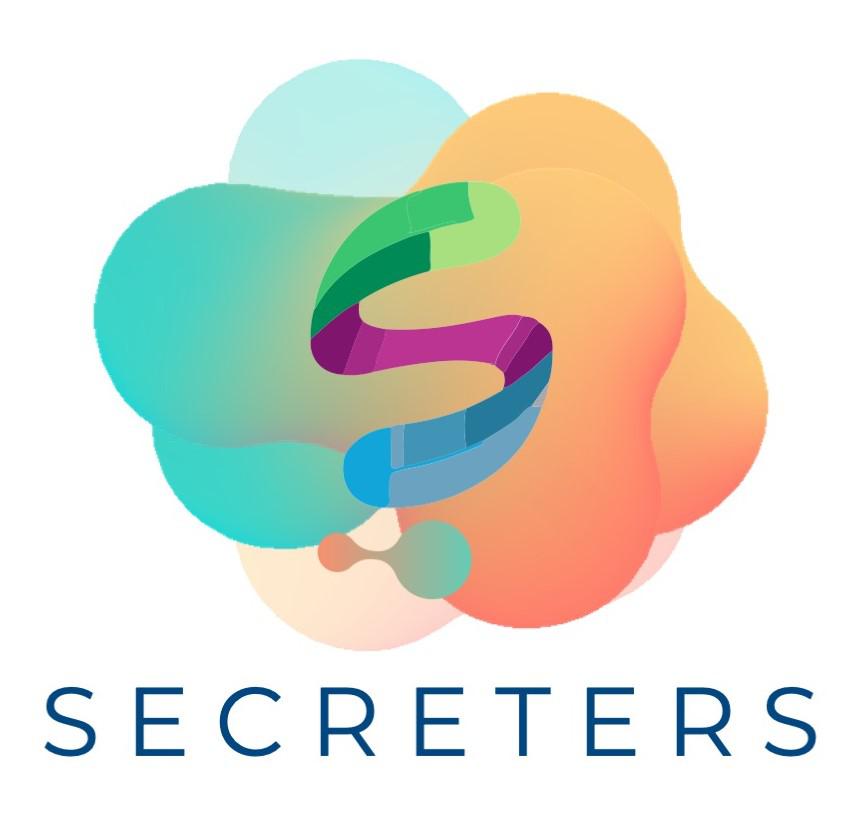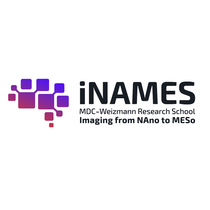Projects and funding
Research in our group is generously supported by numerous funding initiatives. Our participation in several graduate research training schools and international collaborative projects is summarized below. |
-

TRR 175
Funded by: DFG
Duration: 01.07.2016 - 30.06.2024
The photosystem II in Chlamydomonas reinhardtii consists of two core subunits, the D1 and the D2 subunit. The translation of these subunits is controlled via two independent pathways, which are both linked to the metabolic processes within the chloroplast. The translation of D1 is linked to the synthesis of Acetyl-CoA and therefore also to the fatty acid synthesis, while the translation of D2 is controlled by an enzyme which uses NADPH from the Oxidative Pentose Phosphate Pathway.
The two main modulators here are NTRC, which controls the translation of the D2 subunit, and DLA2, which controls the translation of the D1 subunit. To better understand the role and activity of these two proteins, we want to build a kinetic ODE model of the system which governs the translation of subunits of Photosystem II.
People
-

IRTG 2290
Funded by: DFG
Despite enormous endeavors in antimalarial research the disease remains a major global health issue.
The absence of an effective vaccine and emerging resistance of the parasite against approved anti-malarial drugs provokes the need for new approaches to fight malaria.
The IRTG2290 aims to combine experimental and theoretical approaches to develop new curative drugs against malaria.
Our group thrives to build comprehensive mathematical models of the ion homeostasis and lipid metabolism of the intra-erythrocytic parasite, as both present potential drug targets.
Using ODE and Agent-based approaches we will incorporate data acquired by partners from the IRTG2290.
People
-

SECRETERS
Funded by: European Union’s Horizon 2020 research and innovation programme under the Marie Skłodowska-Curie grant agreement No 813979
Duration: 01.01.2019 - 31.12.2022
The SECRETERS partnership builds new-generation microbial platforms for the production of disulphide-bonded and new format 'difficult-to-express' proteins.
The partnership involves 5 academic and 6 private sector beneficiaries. A total of 15 Early Stage Researchers has been appointed on the project
-

iNAMES
Funded by: MDC
Imaging is an indispensable component of biological research and personalized medicine.
New molecular and cellular insights obtained from imaging technologies should be integrated with data science into a coherent picture of tissues, organs and organisms, with a goal of prevention, early interception and treatment of diseases.
- 1

